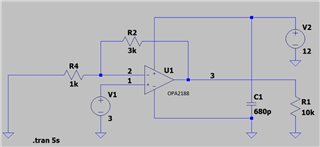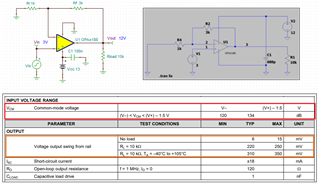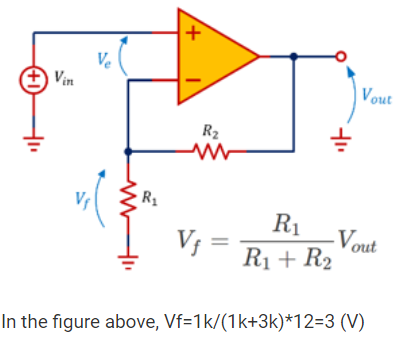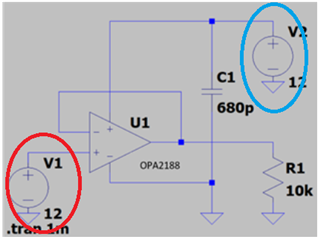Other Parts Discussed in Thread: OPA188

I have a question about Rail to Rail.
Perform the setup as shown in the figure.
Power supply voltage: 12V , Non-inverting input terminals: 3V
Measurement results:① Non-inverting input terminals: 2.990V , ② Inverting input terminal: 2.860V , ③ Output: 11.493V
Since the data sheet said Rail to Rail Output, I thought that the output was 12V, but why was it as low as 0.507V?
What is the difference between Rail to Rail Output , Rail to Rail Input and Rail to Rail Input & Output?
When set up in the form of a voltage follower, the output was 11.224V against the input of 12V.
Why was the output so low even with the Voltage Follower?








